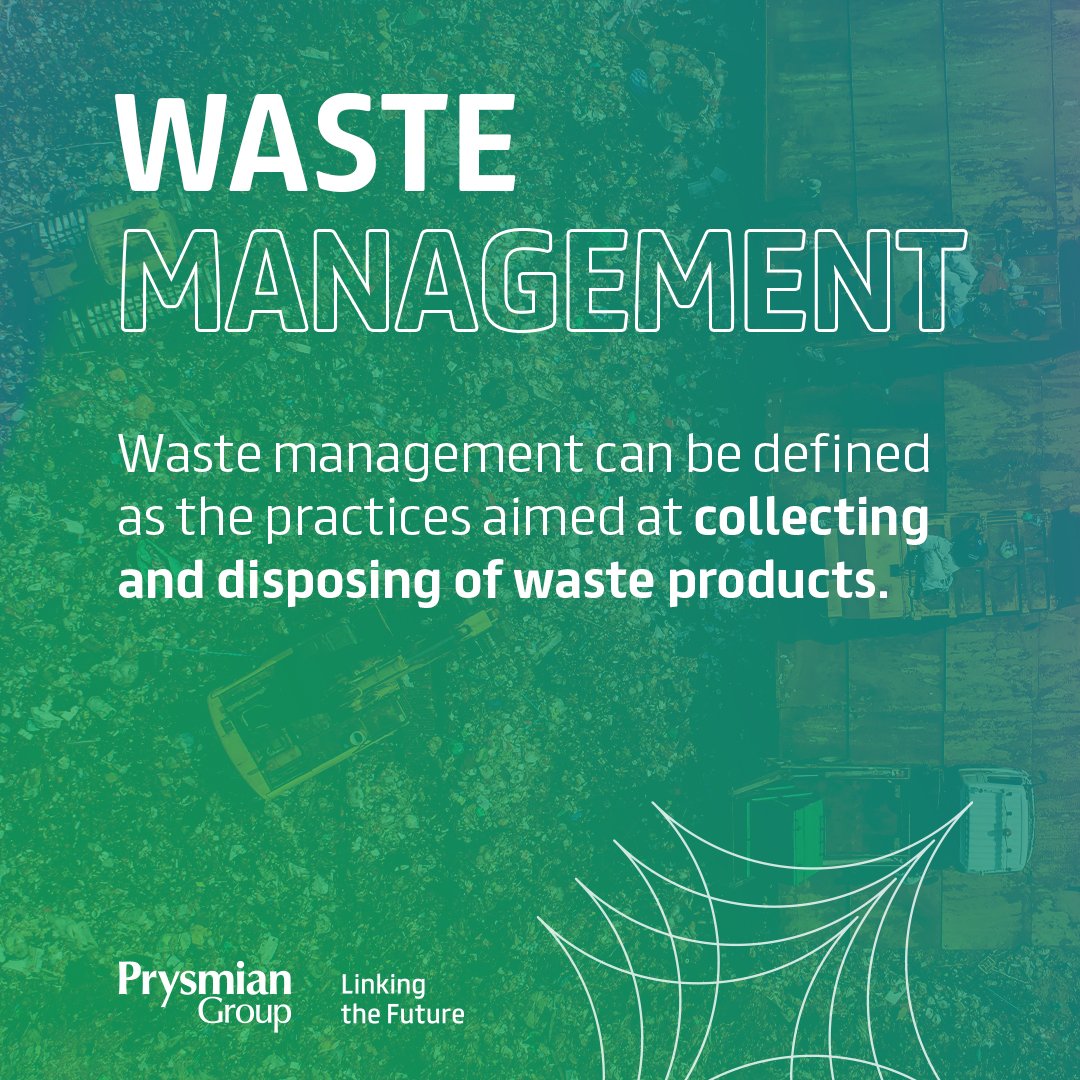10 Simple Techniques For Reclaim Waste
10 Simple Techniques For Reclaim Waste
Blog Article
Rumored Buzz on Reclaim Waste
Table of ContentsAbout Reclaim WasteThe 30-Second Trick For Reclaim WasteThe Only Guide for Reclaim WasteExcitement About Reclaim WasteOur Reclaim Waste Diaries
Explore the kinds, occurrences, and kinds of liquid waste. Residential sewage waste describes the waste and products from a household sewage-disposal tank. This type of waste is developed by human beings in residences, schools, and various other structures. This only consists of septic systems that have a drain field. The appropriate monitoring and disposal of domestic sewer waste need fluid waste to be moved to a sewer treatment plant where the appropriate approaches and tools are put on cleanse and get rid of waste.
Business waste usually consists of potential hazards, such as flammable materials or a combination of liquid and solid waste items, and calls for an advanced and detailed disposal process. The disposal of industrial waste normally involves the purification of waste before transportation to ensure safe and correct disposal. Industrial waste is produced from results and drainage of commercial procedures and production.
This sort of waste can not make use of the exact same sewer monitoring transport or procedures as septic or business liquids. The hazardous waste management process calls for the evaluation and screening of liquid waste before it goes through the disposal process (liquid waste disposal melbourne). Drainage waste is the liquid waste that comes from runoff and excess stormwater in extremely populated locations or cities
Runoff waste can trigger contamination and flooding if not taken care of appropriately. Find out more concerning sewer cleansing and waste management. Making sure correct waste management can prevent disasters and lower environmental injury. Both individuals in domestic setups and specialists in commercial or manufacturing markets can profit from comprehending the processes and laws of liquid waste administration.
The Best Strategy To Use For Reclaim Waste
Contact PROS Services today to learn more about our waste monitoring and disposal services and the correct ways to care for the liquid waste you create.
(https://reclaim-waste-f27e88.webflow.io/)This so-called 'wastewater' is not just an important resource but, after therapy, will certainly be released to our land, rivers or the sea. Made use of water from bathrooms, showers, bathrooms, kitchen sinks, washings and industrial procedures is known as wastewater.

water made use of to cool machinery or clean plant and equipment). Stormwater, a form of wastewater, is runoff that moves from farming and metropolitan locations such as roof coverings, parks, yards, roads, paths and rain gutters into stormwater drains pipes, after rain. Stormwater streams without treatment straight to local creeks or rivers, ultimately getting to the sea.
Examine This Report on Reclaim Waste
In Queensland, the majority of wastewater is dealt with at sewage treatment plants. Wastewater is transferred from residential or commercial sites through a system of sewage systems and pump terminals, understood as sewerage reticulation, to a sewer treatment plant.
The Division of Natural Resources encourages city governments concerning managing, operating and keeping sewage systems and treatment plants. In unsewered locations, regional governments might need householders to set up specific or house sewer therapy systems to treat residential wastewater from bathrooms, kitchen areas, restrooms and washings. The Department of Natural Resources authorizes making use of household systems when they are confirmed to be efficient.
In some brand-new neighborhoods, treatment of some stormwater to get rid of clutter, sand and crushed rock has actually begun making use of gross pollutant traps. Wastewater therapy happens in four stages: Eliminates solid matter.
Wastewater then moves right into large containers where solids settle and are eliminated as sludge. Oil and residue are skimmed from the surface. Utilizes little living organisms called micro-organisms to damage down pop over here and get rid of staying liquified wastes and great bits. Micro-organisms and wastes are included in the sludge. Eliminates nitrogen and phosphorus nutrients that can trigger algal blossoms in our waterways and intimidate marine life.
Reclaim Waste Fundamentals Explained
Nutrient elimination is not available whatsoever sewer treatment plants since it needs pricey specialized devices. It is coming to be extra typical in Queensland. Clear fluid effluent produced after treatment might still include disease-causing micro-organisms. If this effluent is released into rivers such as rivers or the sea, the micro-organisms will ultimately die out.

The majority of wastewater streams right into the sewage system. Under the Act, neighborhood federal governments provide authorizations and licences for eco pertinent tasks (Periods) involving wastewater releases that may have a neighborhood influence.
An Unbiased View of Reclaim Waste
Otherwise, samples are considered lab evaluation. Frequently numerous examinations are needed to establish the degrees of each of the different contaminants such as oils, heavy metals and chemicals in water. Tracking supplies accurate info about water quality and can confirm that licence problems are being fulfilled. The information acquired via surveillance provides the basis for making water quality choices.
Report this page